Windows Phone is no more; Microsoft's new OS for phones is called “Windows 10 Mobile”. Technically, it's very different to the desktop OS: it's designed for a hand-sized interface, and runs on ARM hardware rather than x86. But the name change emphasises the fact that, with the advent of Universal apps, the whole Windows family now works together.
The new Microsoft smartphone OS is all about integration. It introduces Skype as the standard messaging client, for easy synchronisation between phone and desktop, and Edge as the system browser. It syncs notifications with your desktop PC, and it looks more like the desktop too; for example, your wallpaper now shows behind the whole homescreen.
Windows 10 Mobile introduces a feature called Host Card Emulation, which should enable tap-to-pay support at a wide range of merchants, similar to what's already offered by Apple and Samsung. There will also be a “tap-to-pair” feature, making it extremely simple to get two Windows 10 devices to connect via Wi-Fi, or to activate screen mirroring over Miracast.
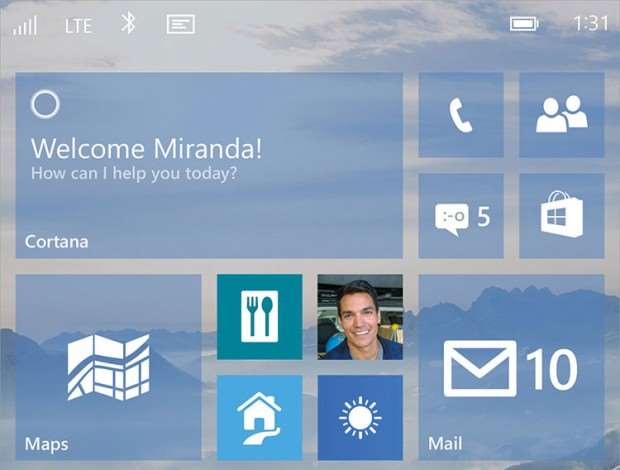
Similar to what's planned for the desktop, Microsoft plans to roll out Windows 10 as a free upgrade for “the majority” of Lumia phones. That includes even comparatively low-end devices, such as the Lumia 520, which includes only 512MB of RAM. Don't hang out the bunting just yet, though: Microsoft has warned that not every device will support all the features of the new OS.
There's no official launch date, either, but it's almost certain that Windows 10 Mobile won't arrive until some months after the desktop version. Speaking at the Microsoft Build conference, Joe Belfiore confirmed that “phone builds have not been as far along as our PC builds. We're adapting the phone experiences later than we're adding the PC experiences.”
For those who can't wait, Microsoft has launched an Insider Programme for Lumia users wanting to test pre-release OS builds, with 33 handsets supported. Proceed with caution, though - the download page reminds testers that the update “could cause your phone to stop working permanently”. You can wipe the preview OS and return to Windows Phone 8.1 via the Windows Phone Recovery Tool.
Windows 10, meet Xbox One
Microsoft's games console also has a big part to play in the Windows 10 vision. A future update to the Xbox One will give it the ability to run Universal apps – so you'll be able to play the same games on the big screen as on your phone and tablet, and run other entertainment apps. No firm date has been set, but the update is expected by the end of the year.
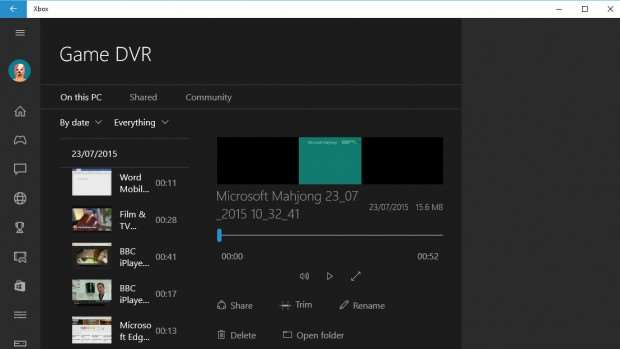
For those who prefer to play on the small screen, Windows 10's new Xbox app supports game streaming from the Xbox One – so you can load up a disc in the front room, then play it on your tablet or desktop. In games that run on both Xbox and Windows, players on different platforms will for the first time be able to compete against one another online.
One final new feature in the Windows 10 Xbox app is “Game DVR”, which lets you record and share footage of your own gameplay. This means that if you pull off an amazing stunt, or a flawless victory, you can capture the last 30 seconds of play and share it with the world. It even works with older games, including Steam titles, and you can “Like”, “Share” and comment on other players' clips.
Should you upgrade?
If you're wondering whether the new OS will run satisfactorily on your PC or laptop, the good news is that Windows 10 has the same official hardware requirements as Windows 7 and 8, so performance shouldn't be an issue.
As for stability, Alphr staff have certainly seen blue screens and quirky drivers during the preview period – but after nine months of public testing and telemetry, Windows 10 is the most scrutinised edition of Windows ever, with every crash relayed back to Microsoft and analysed. If you're happily running Windows 7 or 8, there's no reason to expect trouble from the final release of Windows 10.
What about the user experience? If you're coming from Windows 8 on a laptop or desktop, you have everything to gain. While the latest 8.1 update resolved the worst quirks, the lack of a desktop-friendly Start menu remained a frustration, as did the very limited support for running apps apart from in full-screen mode.
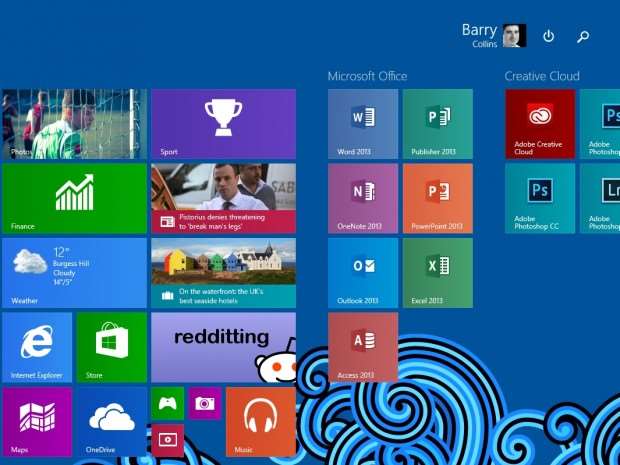
The same is true for compact touchscreen devices. Alongside the new features detailed elsewhere, it brings a choice of operation modes – Desktop and Tablet – which you can switch between by dabbing a button in the notifications centre, or by docking or undocking a convertible device. You get a full-screen Start menu and apps when you want them, while the conventional desktop remains always at hand.
There's yet more for tablet users. The new OS refines the touch controls, replacing the awkward edge-swipes of old with multi-finger gestures. Plus, while Universal apps can be made compatible with Windows 8.1, we anticipate that developers will focus on Windows 10: Microsoft has led the way, releasing previews of the Word, Excel and PowerPoint mobile apps review as Windows 10-only.
The only constituency with a good reason to stick with Windows 8 is Media Center users. The much-loved media manager has been discontinued in Windows 10, considered redundant in an age of smart TVs and Xbox One media apps. Everyone else, though, will surely be happier and more productive after the upgrade.
Windows 10: Should you upgrade from Windows 7?
If you're currently using Windows 7, you may be more apprehensive. The veteran OS still does a perfectly good job, and if you've been using it for this long without feeling the need for mobile-type apps, you may not be eager to jump onto a platform designed for a different world. That will surely be the case if you're using Windows 7 for work, as many are.
But although Windows 10 aims to be more than just a desktop OS, Microsoft knows that the non-touch, standalone laptop remains the most common Windows platform. You can still use the Start menu as before, and run all the same applications: there's a slight learning curve involved in the new Settings app and the Edge browser, but to offset that you get the benefit of the new Explorer features. It's easier than you might think to keep on trucking.
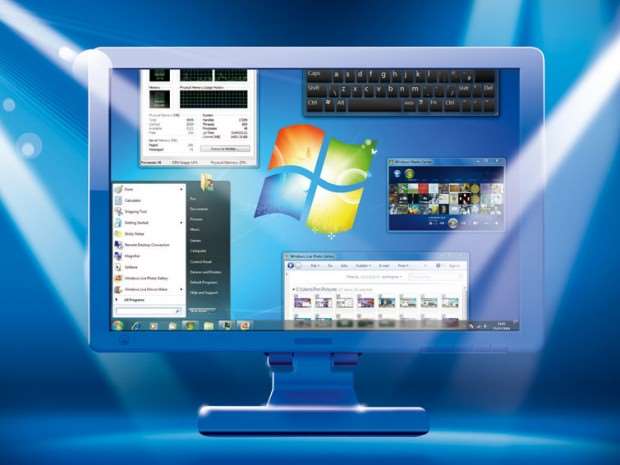
Upgraders from Windows 7 will also gain all the best features introduced in Windows 8: the enhanced task manager provides a welcome insight into system activity, and OneDrive – with a generous 15GB of free space – makes it easier to hop between devices. There's improved multi-monitor support, and the File History system that permits continuous backup to a connected external or network drive. And that's in addition to much faster startup and reboot times. All told, Windows 10 makes a better desktop OS than Windows 7.
There's one more consideration: Windows 7 is now out of mainstream support. Security patches will continue, but otherwise the software is frozen, and in 2020 it will stop being supported altogether. By contrast, Windows 10, with its rolling update model, should never expire – so there's every chance you'll want to get onboard sooner or later. That being the case, it's a good idea to claim your upgrade while it's free. It's conceivable that Microsoft might end up making the OS free forever, but we wouldn't bank on it.
For those running a Windows 10 Insider Preview build, your upgrade options depend on how you installed your preview. If you upgraded from Windows 7 or 8, then you'll get the option to install the full release when it's available; if not, you'll need to reinstall your old OS to upgrade. Otherwise, you'll continue to receive preview builds of forthcoming updates indefinitely.
Windows 10 for business
Companies running Windows 7 or 8 Pro can upgrade their desktop clients via the free upgrade programme, while those on a volume licensing agreement can roll out Windows 10 Enterprise whenever they want. By now the feature set will be familiar: the professional releases include everything in the Home edition, plus BitLocker encryption, Hyper-V, group policy management, domain support and the ability to act as both client and server in a remote desktop session.
These editions of Windows 10 also feature Windows Update for Business, which frees businesses from having to keep the OS constantly up to date. Devices running Windows 10 Pro have the option to switch to an update stream entitled “Current Branch for Business”, which allows non-critical updates to be deferred to allow time for testing. Note that they can't be skipped altogether, and it remains to be seen how long the window will be in practice.
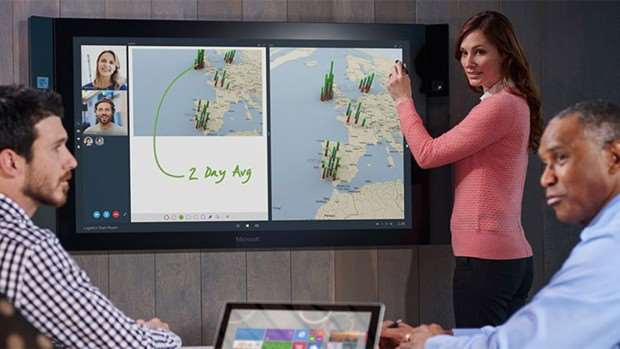
Windows 10 also introduces the new idea of Long-Term Servicing Branches (LTSB) – builds of the operating system that can optionally receive critical updates but don't otherwise change at all. New branches will be issued periodically, and will receive mainstream support for five years after their issuance, with a further five years of extended support available.
Only Windows 10 Enterprise – and the Education edition – have access to these branches. LTSB installations of Windows 10 Enterprise also come with Internet Explorer as the default browser rather than Edge, to maintain compatibility with legacy applications, while Pro users have the option of using either.
When it comes to device management, Windows 10 builds on Windows 8, with new options for administering company-owned hardware: there's support for managing multiple users on the same device, using a container model. Clients can also log in using their Azure IDs, and connect directly to Azure Active Directory resources.
Finally, Windows 10 brings the ability for firms to curate their own app stores, for easy distribution of bespoke apps. Of course, this requires an investment in the Universal app platform, but since these apps are lightweight and sandboxed, and easy to assemble in a visual environment, it's a good fit. It doesn't hurt that they'll also run on Microsoft smartphones – as well as tablets and laptops – once Windows 10 Mobile arrives.
Looking forward: The Windows 10 verdict
As we've indicated, switching to Windows 10 isn't a one-off change; it's a step onto a perpetual conveyor belt of upgrades. The first update is expected as soon as this autumn – perhaps updating the Edge browser – with a more substantial update coming down the line next year.
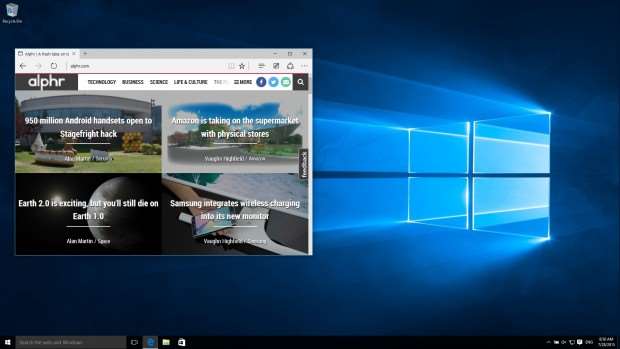
That being the case, you might understandably be concerned that your hardware could start to struggle as the OS develops. The user experience could be volatile too: Microsoft has already showcased the idea of interactive Live Tiles for a future update. With a few changes like that, Windows 10 could morph into something quite different to the platform before us today, and there's no guarantee that we'll like it.
Yet there are reasons to be upbeat. So far, Microsoft has shown good taste with Windows 10, listening to customer feedback through the Insider Hub app. And since the Insider Programme continues after the formal release of Windows 10, volunteer testers will have a chance to flag up any disastrous decisions before they're rolled out to regular users.
So overall, Windows 10 is a hit. On the desktop it feels as right as Windows 7, yet it's equally at home on compact tablets. Is it the perfect OS? No: Cortana falls some way short of the perfect virtual assistant, while aspects of the design lack slickness.
But it's absurd to focus on such little things when the significance of Windows 10 is so big: if Universal apps take off as they deserve to, that will be a persuasive reason to consider Windows 10 for your next tablet or smartphone. Even if that doesn't happen, Windows 10 is still – without a doubt – the best OS for any desktop, laptop or convertible that's capable of running it. If you haven't already claimed your upgrade, hesitate no longer.
This article originally appeared at alphr.com







_(11).jpg&h=142&w=230&c=1&s=1)




.jpg&w=100&c=1&s=0)
_(8).jpg&w=100&c=1&s=0)








.jpg&q=95&h=298&w=480&c=1&s=1)


